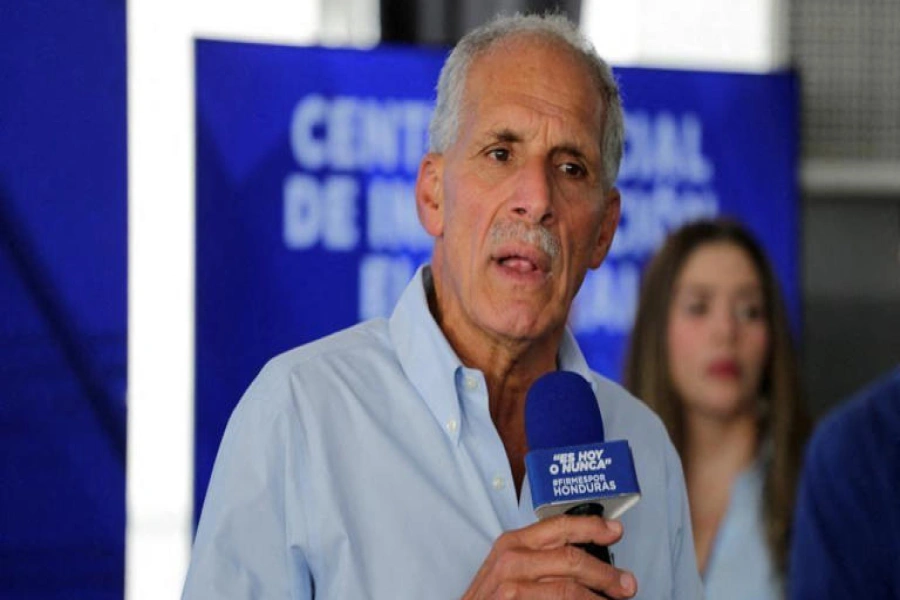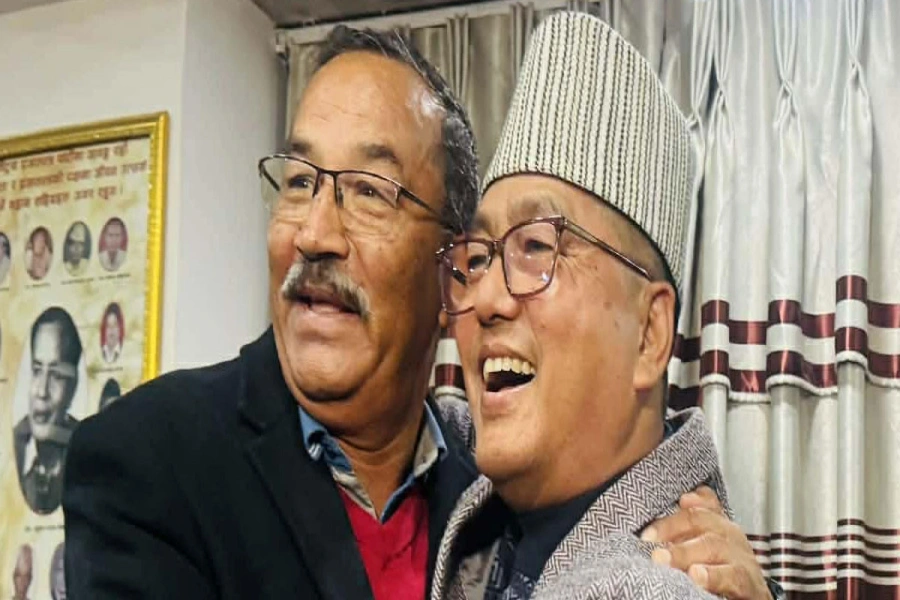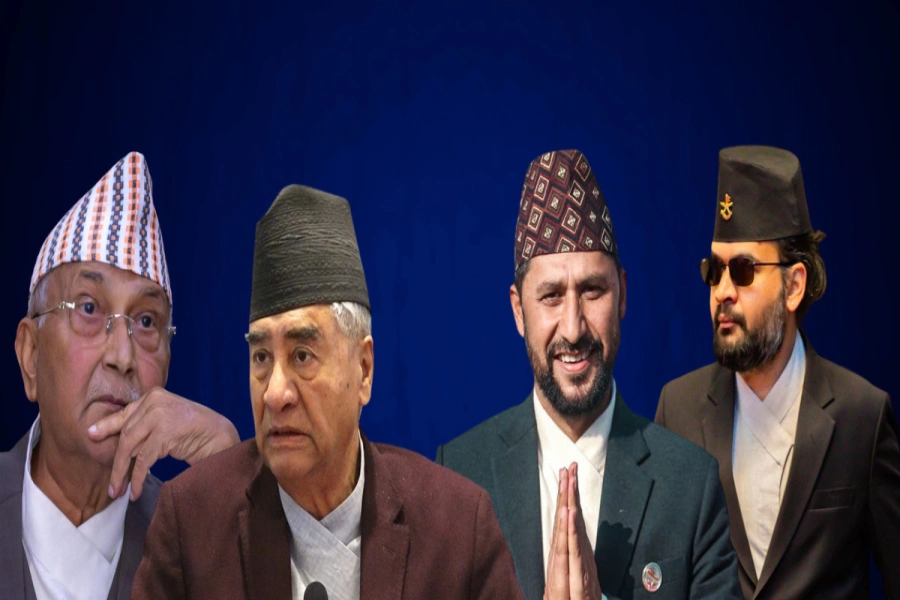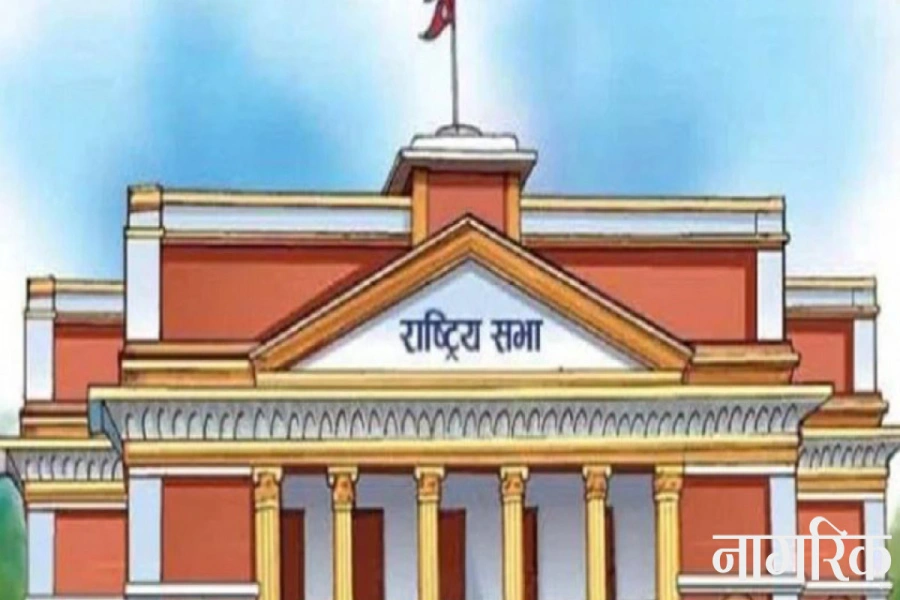Absence of good mentoring in journalism schools or within the newsrooms has failed to create new breeds of journalists with knack for news
Much talk on Nepali media has centered around growth story following the reestablishment of democracy in 1990. Many commentaries have been published citing the exponential growth of media culminating into industry like structure. Of course, the early years of 1990s did represent era of hope not just for the media but for the nascent democratic setup of the country. But there are other dynamics to it too.
For the purpose of clarification, this article will center on developments in the media post 2006 focusing on the dynamics within news organizations and the issue of consolidation of power. The story of media in the 1990s was one of growth—especially centered around quantity given that in the three decades of party-less Panchayat rule that preceded 1990, freedom of expression remained highly censored. But the picture doesn’t remain the same in the post republican framework. The excitement of doing journalism of the preceding decades gave way to era of hopelessness as many of the basic contours of Nepali media changed.
Partyfication of media
Italy watchdog launches non-compliance proceedings against Face...

Chief among them was the intense partyfication of media personnel who were divided along party lines in the name of Press Union (aligned with Nepali Congress), Press Chautari (close to erstwhile CPN-UML) or Revolutionary Journalist Association (considered close to former UCPN (Maoist)). These alignments are reflected in the political beats assigned to individual journalists. Senior leadership in the newsroom allots respective party beats to colleagues considered close to that particular party. With some exception, this became the unstated rule of assigning political beats. These allocations at times have had impact on how a particular party, a particular section within it or a leader, is reported (read portrayed) or otherwise.
The other problem plaguing the media fraternity of Nepal is the lack of investment from the publishers in the most important component of its organization—the personnel. There are hardly any mechanisms in place which would enhance various sets of skills required for the journalists. It often seems that the senior leadership in the newsroom and the heads of media organizations are content with doling out monthly salaries (which is also meager and irregular in most of the cases). It almost appears that the people in the decision making positions in media houses are asking their reporter colleagues to make extra income in order to supplement their job as a media person.
These sets of ‘incentives’ often tend to create conflict of interest as media persons seek out various side jobs. Rather than become an aberration, conflict of interest has become a norm in the Nepali media sector. The situation gets compounded when one looks at the situation of journalists in districts outside Kathmandu. Journalists in the districts not only wear many hats, but often use the hat of journalist to secure other personal interests. Therefore, journalists based in districts often acquire the title of Sahayak CDOs (deputy district administrators).
This is not to say that district-based journalists are the only ones seeking to abuse their position. Even those based in Kathmandu tend to do so albeit in a different manner. Story in Kathmandu is one of glare therefore one would attempt things discreetly. Stories of senior journalists getting a monetary share in parking allotment at a major business center in Kathmandu or seeking and securing political appointments are well known among the people involved in media. The story doesn’t end with journalists. Media owners also need to take their share of the story.
Expansion of media in Nepal also increased its capacity as an effective medium for opinion building. This agency of media gave those owning it disproportionate advantage to consolidate themselves as effect power wielders and, at times, power brokers. The story of media in the post 2006 scenario is that of projection of power by media owners to secure their other non-media related interests. They tend to serve as important conduits for the political leadership of the country often engaging in power brokerage.
Conflict of interest
This happens because in the name of diversifying investments, media owners often invest in areas which can easily create conflict of interest. For instance, if a media owner becomes a major investor in a hydropower project it is likely that the ability of his/her colleagues to report on the anomaly of hydropower sector gets compromised. In other instances, media owners have also sought to secure political positions including that of Member of Parliament leaving lot to be desired on their ability to remain sheer media person.
As lot of investment from the profit reeked out of media industry gets diverted elsewhere, creating weak infrastructure for the media organization, its impact is felt on the turnover of the personnel. Existing situation in a media house creates a dilemma for journalists. On the one hand, spirited journalists (who are far and few) would like to continue with their passion. But, on the other hand, the vitiating environment of the news industry dampens the very spirit forcing many to choose alternative career trajectories. The situation is worse in English language journalism. People are often encouraged from various quarters to use English language journalism as a springboard to enhance careers in development sectors.
For those in Nepali language, circulating oneself regularly is the gurumantra of enhancing one’s market value. Therefore, if you want a raise then start negotiating with another news outlet so that your publisher or editor would make attempts to raise your pay. In fact, this dynamics has acquired different form with introduction of some online portals which have successfully poached reporters from print outlets with more than handsome salary.
Lastly, absence of good mentoring in journalism schools or in newsrooms has failed to create new breeds of journalists with better knack for news. Given the Nepali context, the newsroom leadership should invest in their journalists with good future potentials. Otherwise, archiving of history in hurry would remain an incomplete task.
The authors are assistant professors at Kathmandu School of Law



































